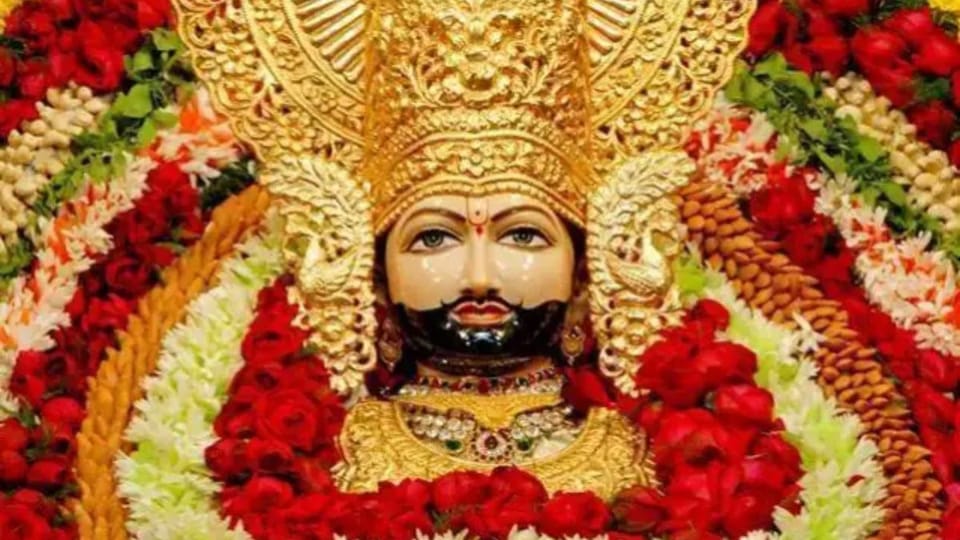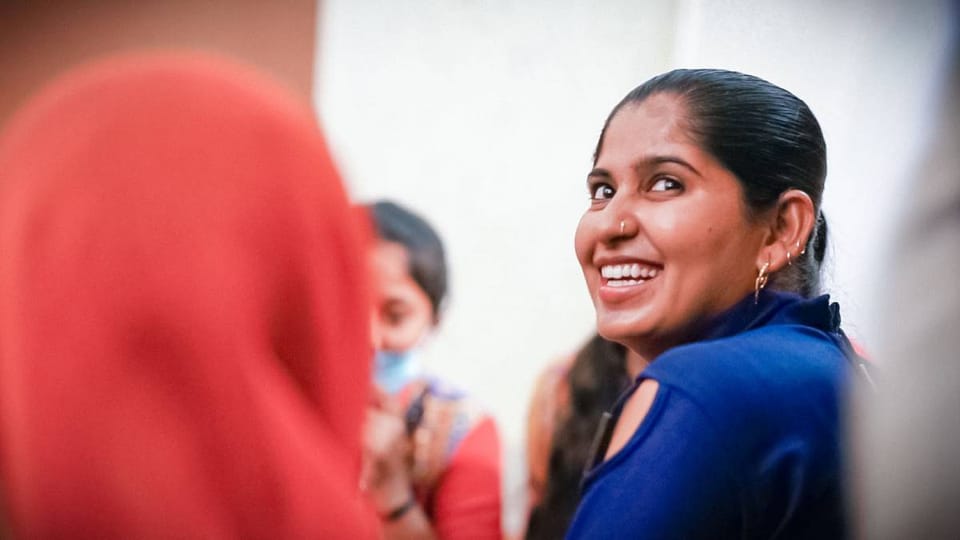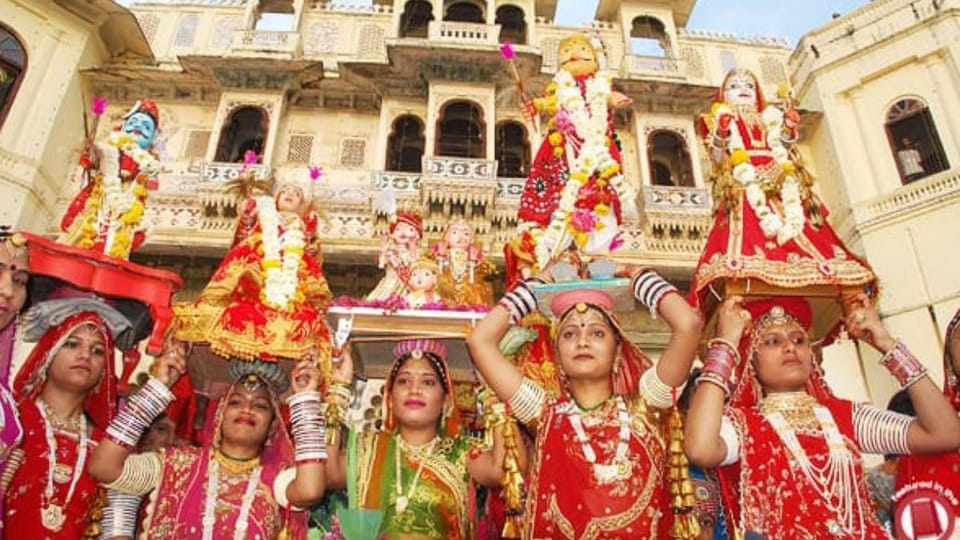Rajasthani Music and Dance: Exploring the vibrant melodies and rhythms of the desert state
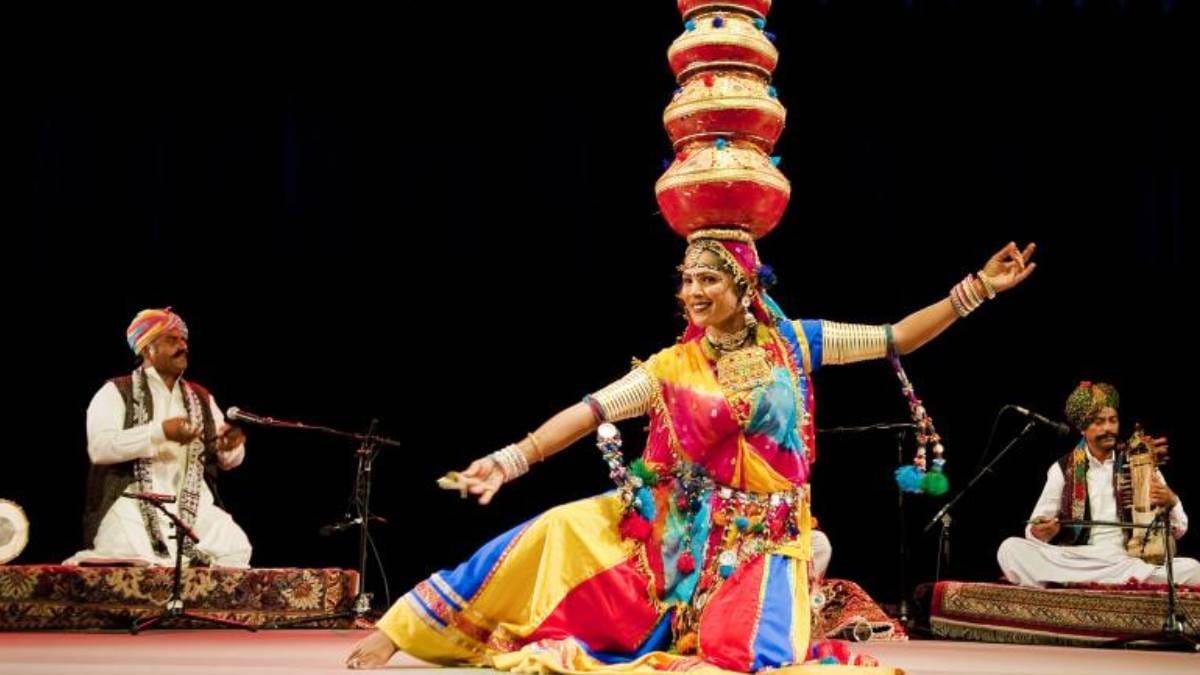
Nestled in the colorful tapestry of India lies the majestic state of Rajasthan, renowned for its rich cultural heritage, resplendent history, and vibrant traditions. Among its many treasures, Rajasthan boasts a musical and dance legacy that is as diverse as it is captivating, echoing the tales of valor, love, and the desert landscape's raw beauty.
The Essence of Rajasthan's Music
Music in Rajasthan is more than just entertainment; it is an integral part of life, woven into the very fabric of the state's identity. The soul-stirring melodies and rhythms are rooted in tradition and often reflect the daily lives, celebrations, and emotions of the people. The music draws inspiration from the harsh desert terrain, the folk tales of valorous warriors, the mysticism of saints, and the vibrant culture of the region.
Genres and Instruments
1. Folk Music: Rajasthan's folk music is diverse, comprising various forms like the haunting ballads of the Manganiars, the spirited tunes of the Langas, the energetic Kalbeliya music associated with the nomadic Kalbeliya community, and the soulful melodies of the Bhil tribes. These diverse forms utilize instruments such as the sarangi, dholak, kamayacha, morchang, and khartal, creating a tapestry of sounds that resonate with listeners.
2. Rajasthani Classical Music: Influenced by Hindustani classical music, the state has its classical music forms like the Maand, which is known for its complex compositions and evocative renditions. The traditional instruments like the sitar, tabla, and harmonium play a significant role in this genre.
Rajasthani Dance: A Mesmerizing Display of Culture
Dance in Rajasthan is an embodiment of grace, vigor, and storytelling. Each dance form carries its unique essence, rooted in history, tradition, and the cultural fabric of the region.
Popular Dance Forms
1. Ghoomar: Perhaps the most famous, Ghoomar is a graceful dance performed by women, characterized by swirling movements, colorful attire, and rhythmic clapping. It celebrates womanhood and is often performed during festivals and auspicious occasions.
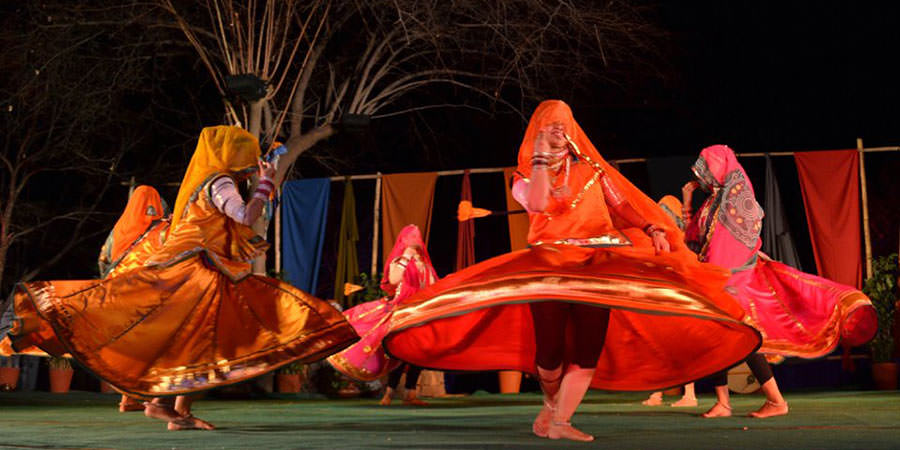
image credits: Rajasthan Direct2. Kalbelia: Originating from the Kalbeliya community, this dance form is known for its snake-like movements, performed by women wearing long, black skirts adorned with silver embroidery. The dancers captivate with their agility and syncopated rhythms.

image credits: outlook traveller3. Bhavai: A folk dance form that showcases the performers balancing multiple pots on their heads while executing acrobatic movements. It's a testament to the performers' skill and agility.

image credits: wikipedia
Preservation and Global Impact
While Rajasthan's music and dance have deep roots in tradition, efforts are being made to preserve and promote these cultural treasures. Festivals like the Rajasthan International Folk Festival (RIFF) in Jodhpur bring together artists from around the world to celebrate and collaborate, fostering a global appreciation for Rajasthani music and dance.
Conclusion
Rajasthan's music and dance are more than just performances; they are living embodiments of the state's rich history, culture, and traditions. With their captivating melodies, intricate rhythms, and vibrant movements, they continue to enrapture audiences worldwide, carrying the legacy of Rajasthan's cultural heritage into the future.

